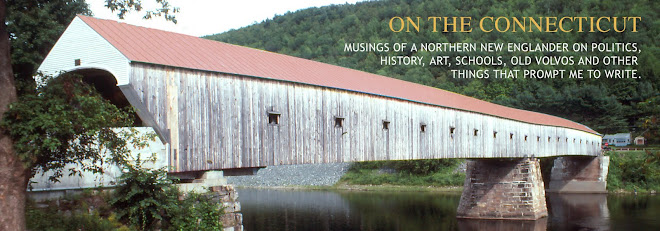The word cupola is derived from the Greek word kupellon (a small cup) and the Latin cupella (a vault resembling an upside-down cup).
Cupolas evolved during the Renaissance and became extremely important architectural elements. They spread across Europe and became status symbols placed atop government buildings and the homes of royalty.
Cupolas served various purposes, but they were primarily used to add aesthetic appeal to the building they topped. Larger cupolas were sometimes accessible via an interior stairway, giving occupants a vantage point to look out over their surroundings. Smaller cupolas, known as lanterns, were often designed to provide extra illumination for the space below.
Cupolas were produced in various shapes and sizes but were commonly square or hexagonal and much smaller than the structure to which they’re attached. Large, extravagant cupolas appear on some of the world’s greatest buildings and are often dome-shaped and large enough to be a major architectural feature on a building.
As dairy farms grew larger in the late 1800s, they began storing more hay. Intense heat could build up to the point of spontaneous combustion when fresh air was cut off from a barn full of hay, destroying both the hay and the barn. And stale air didn’t just smell bad. A source of oxygen was needed to replenish the air consumed by humans and animals.
Cupolas became an iconic feature on barns because they provided a means for heat to escape and fresh air to enter. Classic barn cupolas were mounted over a hole in the roof and usually louvered to catch the wind that was forced up the sides of a slanted roof. The fresh air flowed through the cupola and down into the barn. The downward angle of the louvers kept rainwater out while allowing fresh air in. Cupolas also provided enough air to allow hay to naturally dry while stored in the barn.
Farmers took great pride in their barns. They were the biggest single investment farmers made, so it’s understandable that many put elaborate cupolas on their barns to make a statement about their pride and prosperity.
I'm just a gigolo...
-
OK. The truth be told, I guess I was a gigolo at one time.
I wasn't trying to be. But a woman I had sex with paid me for my time. It
started cuz I missed w...










No comments:
Post a Comment